Given the rate at which our supposedly moribund economy created private-sector jobs over the past three years, and the flexibility of our labour market compared with at least the European members of G7, it’s not unreasonable to think we might creep in the direction of that target if current trends continue. But given our shrunken manufacturing base, our skills deficit, our intake of working-age migrants, our notorious habit of misallocating capital to bricks and mortar rather than productive enterprise, and the fact that higher-growth businesses typically create relatively few jobs — all combined with Osborne’s continuing determination to shrink the public-sector workforce — this is still a very big aspiration.
So big, indeed, that we can only wonder whether, as so often chez Osborne, it’s just another political squib. Everything depends on the level of business investment, which has lagged far behind jobs growth. But again the trend is in the right direction, if belatedly, helped by increased tax allowances in the Budget. The Monetary Policy Committee has observed that a recovery built around consumer spending is also at last evident in the business sector. If 2012 was dismal — net investment of just £48 billion, according to one report, which represented 3 per cent of national output or a tenth of China’s rate of investment — then 2013 was better than we thought: the Office for National Statistics has revised its numbers for investment last year (which it previously said had fallen) to 8.5 per cent growth. A survey by Deloitte says ‘Britain’s biggest businesses are preparing to invest £200 billion over the next two years’, and the Office for Budget Responsibility foresees a similar pattern.
That’s the trend to keep your eye on. If it keeps going the right way, Osborne’s full-employment objective might well be achievable: it is, after all, only the equivalent of driving unemployment back to where it was a decade ago, but without the false underpinning of Gordon Brown’s catastrophic public spending spree.
Home of great ideas
The ‘one report’ I refer to above is ‘There is an Alternative’ by John Mills, published by the think-tank Civitas. Mills is a New Labour insider (for those who study north London’s social map, he’s the brother of David Mills, the lawyer who was married to Tessa Jowell) as well as a successful entrepreneur, and his big idea is that the answer to Britain’s economic ills is a massive devaluation of the pound. This, he argues, would hugely boost exports, raise growth to between 4 and 5 per cent, and contribute several hundred thousand new jobs towards the full-employment objective.
It’s a colourful argument, but he doesn’t explain how devaluation could be sustained for a free-floating currency — I suppose telling all the Russians in London to sell their houses, close their accounts and leave on the next plane might be a start. Nor does he address the issue of inflation that would follow a leap in the prices of imported goods on which British consumers are so hooked. And this from the man who created a company called JML which sells a dazzling range of gadgets and beauty products — mostly imported from China, he says, at ‘two-thirds of the cost’ of British products — to shopping-channel viewers and web surfers exercising their credit cards. Thus blue-sky thinking on how to rebuild a lean manufacturing economy is funded by a fortune derived from encouraging couch potatoes to load up with debt. There’s capitalism: I see JML calls itself as ‘the home of great ideas’.
No-nonsense gal
My item last month on the shortfall of women in FTSE boardrooms seems to have provoked a scramble of appointments. I read that only one of the top 100 companies is still holding out as an all-male bastion: Glencore Xstrata, the tight-knit, testosterone-filled, Swiss-based mining and commodity giant. But I think I’ve spotted the gal Glencore needs to keep Vince Cable’s gender police at bay: mining tycoon Gina Rinehart, Australia’s richest woman. To put it delicately, Gina’s pictures give her something of the look of Berta, the no-nonsense housekeeper who keeps the boys in order in the saucy Californian sitcom Two and a Half Men. What could be more appropriate?
Dashing departures
A trio of dashing British businessmen died last month. Peter Kirwan-Taylor was a Hill Samuel banker and transatlantic dealmaker who captained the national ski team in 1952 and designed the body shape of the Lotus Elite sports car. Gurth Hoyer Millar fought communists in the Malay jungle, played hooker for Scotland (also in 1952) and was five times a losing Liberal candidate before developing the Homebase DIY chain for Sainsbury’s and chairing Bonhams auction house. And Peter Middleton was the chain-smoking, motorcycle-riding ex-monk, and possibly ex-spy, who successively ran the Lloyd’s insurance market, Salomon Bros’ London trading floor and the World Snooker Association. Their careers never coincided, but what fun it might have been if they had. No wonder we tend to think today’s corporate leaders are a dull bunch compared to their predecessors.
Got something to add? Join the discussion and comment below.
Get 10 issues for just $10
Subscribe to The Spectator Australia today for the next 10 magazine issues, plus full online access, for just $10.
You might disagree with half of it, but you’ll enjoy reading all of it. Try your first month for free, then just $2 a week for the remainder of your first year.



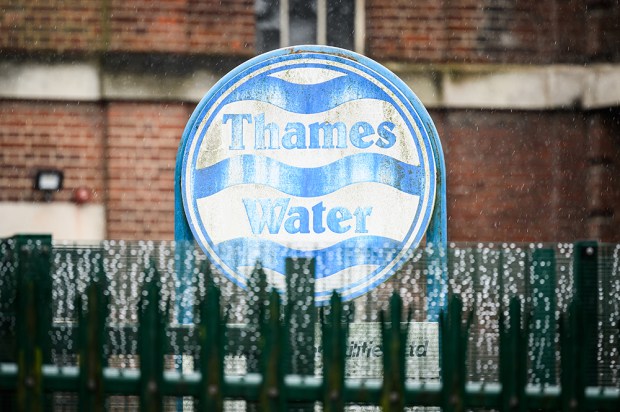
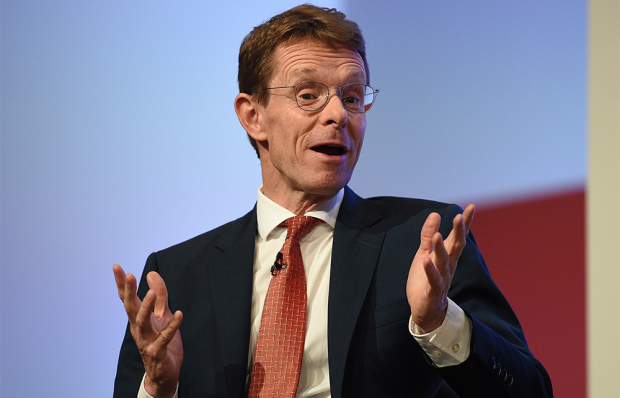
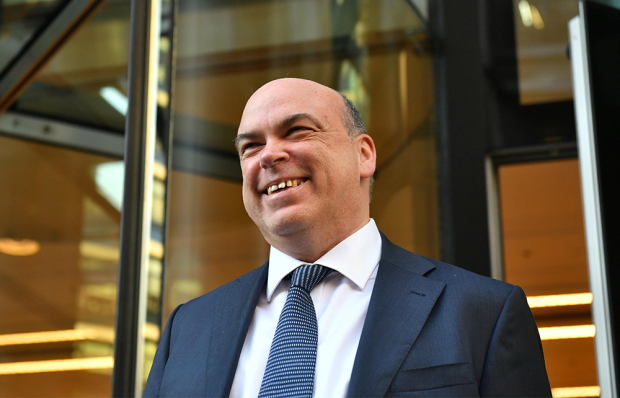
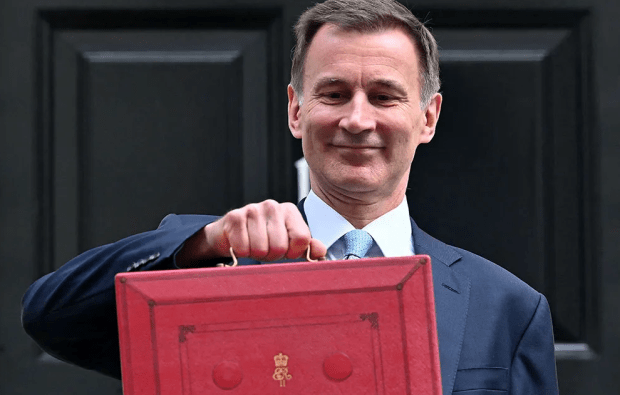
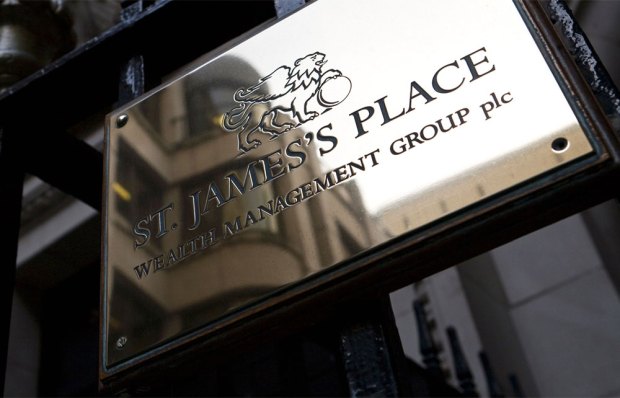
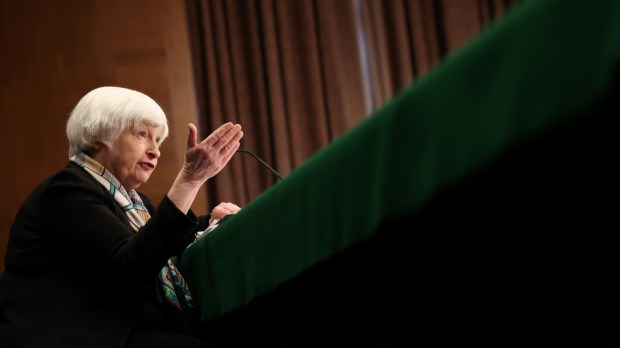






Comments
Don't miss out
Join the conversation with other Spectator Australia readers. Subscribe to leave a comment.
SUBSCRIBEAlready a subscriber? Log in